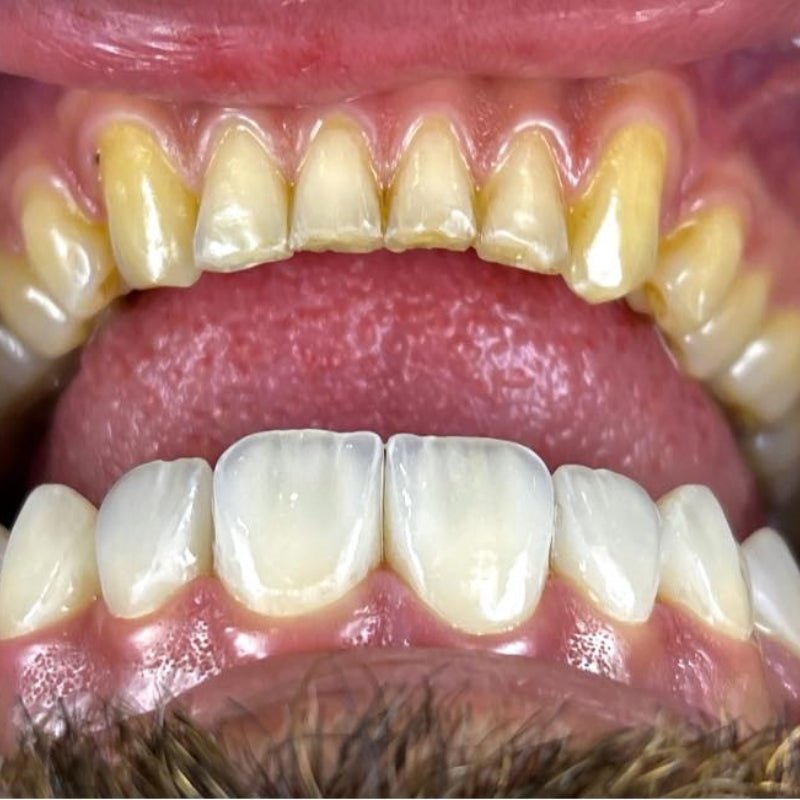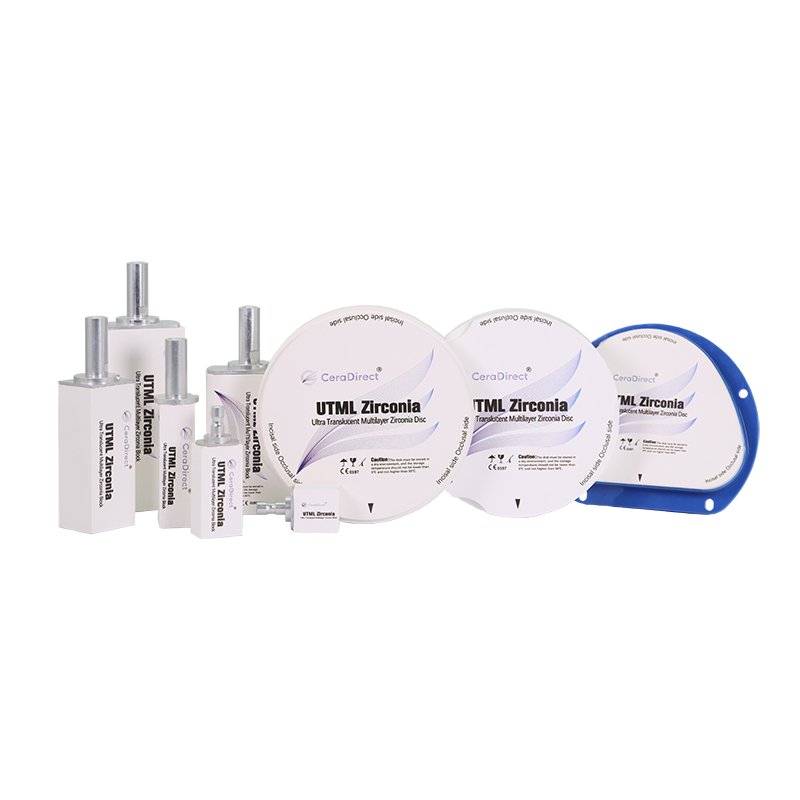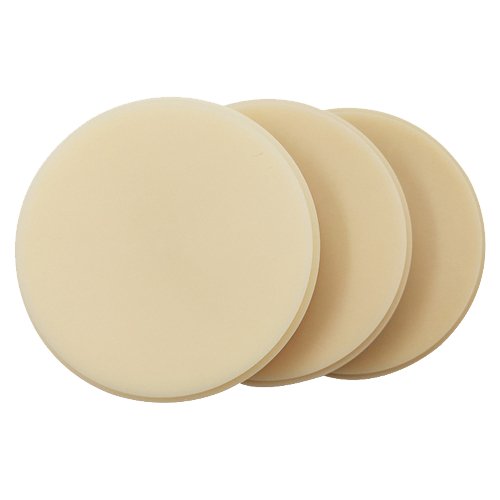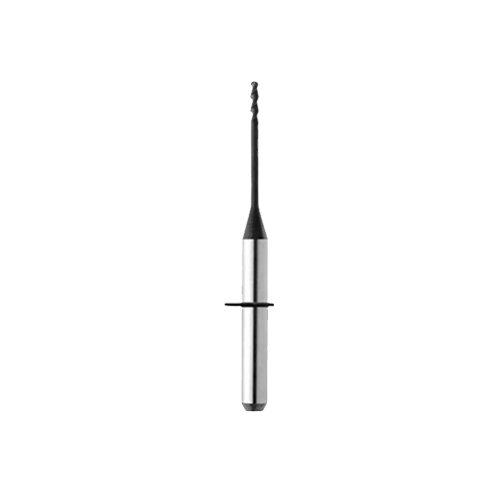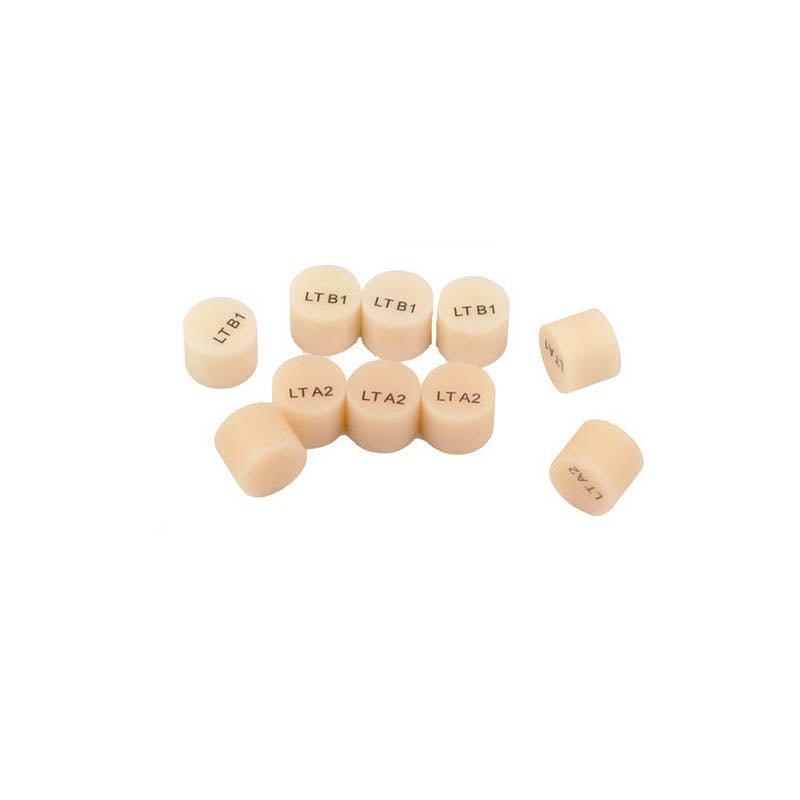This high-strength, glass-ceramic material is appreciated for the combination of outstanding strength and superior aesthetics it offers, characteristics that have proved instrumental in its widespread popularity.
To truly appreciate the benefits and applications of lithium disilicate in dentistry, we have to delve deeper into its properties, and the unique processes that underpin its creation.

Properties and Creation of Lithium Disilicate
Lithium disilicate is a crystalline, glass-ceramic material that has a high flexural strength of 360-450 MegaPascals (MPa). This strength is excessively greater than traditional feldspathic ceramics, which makes lithium disilicate an ideal choice for creating lasting dental restorations.
Creating lithium disilicate involves a fabrication technique known as "lost-wax" that includes investing and pressing or CAD/CAM techniques. Originally, lithium disilicate blocks were produced for processing using CAD/CAM technology, but are more recently available in ingots for heat pressing.
They are subsequently processed using staining or layering techniques and then etched, and bonded to tooth structure for optimal retention and strength. On the basis of the percentage of silica by weight in the final casting, lithium disilicate can be classified into high-silica (≥96%) and ultra-low silica (≤1%).

Versatile Applications of Lithium Disilicate
Lithium disilicate restorations exhibit outstanding aesthetics coupled with high strength. This makes them versatile and suitable for a variety of dental restorations.
- Anterior and Posterior Single-Unit Crowns: Lithium disilicate is routinely used in creating both posterior and anterior crowns. Its high strength allows it to withstand the high masticatory forces, making it ideal for posterior restorations, while its superior aesthetics ensure a natural-looking restoration in the aesthetically crucial anterior region.
- Veneers: The remarkable aesthetics of lithium disilicate make it an apt choice for veneers. With the ability to mimic the translucency and color depth of natural enamel, it provides highly aesthetic and natural-looking veneers.
- Inlays and Onlays: The compressive strength and high resistance to wear of lithium disilicate contribute to its efficacy as a material for inlays and onlays.
- Implant-Supported Single Crowns: Lithium disilicate is an optimal choice in situations that require the creation of implant-supported single crowns.
- Short Span Bridges: Strength and aesthetic properties of lithium disilicate make it well-suited for fabricating three-unit bridges, particularly for the anterior region.

Advantages of Lithium Disilicate
Lithium disilicate has several advantages that contribute to its popularity in modern restorative dentistry.
- Durability: Lithium disilicate's high flexural strength makes it remarkably durable, providing long-lasting restorations that withstand significant mechanical stress.
- Superior Aesthetics: Lithium disilicate is characterized by high translucency, closely resembling the natural enamel in appearance. This results in restorations that provide exceptionally natural esthetics.
- Versatility: Its unique balance of strength and aesthetics makes lithium disilicate material suitable for everything from single-unit anterior and posterior restorations to multi-unit anterior bridges.
- Easy Handling: Lithium disilicate can be easily and precisely manipulated, either by subtractive methods in milling or additive processes in pressing/layering techniques.
In Conclusion
Lithium disilicate is changing the landscape of restorative dentistry thanks to its unique combination of durability, aesthetics, and versatility. It has widened the range of potential solutions for common dental problems, paving the way for restorations that not only restore function, but also closely mimic the appearance of natural teeth. However, as with any material, the success of a restoration greatly depends on the dentist's expertise and understanding of when and how to use the material - which only underlines how important understanding lithium disilicate truly is.

